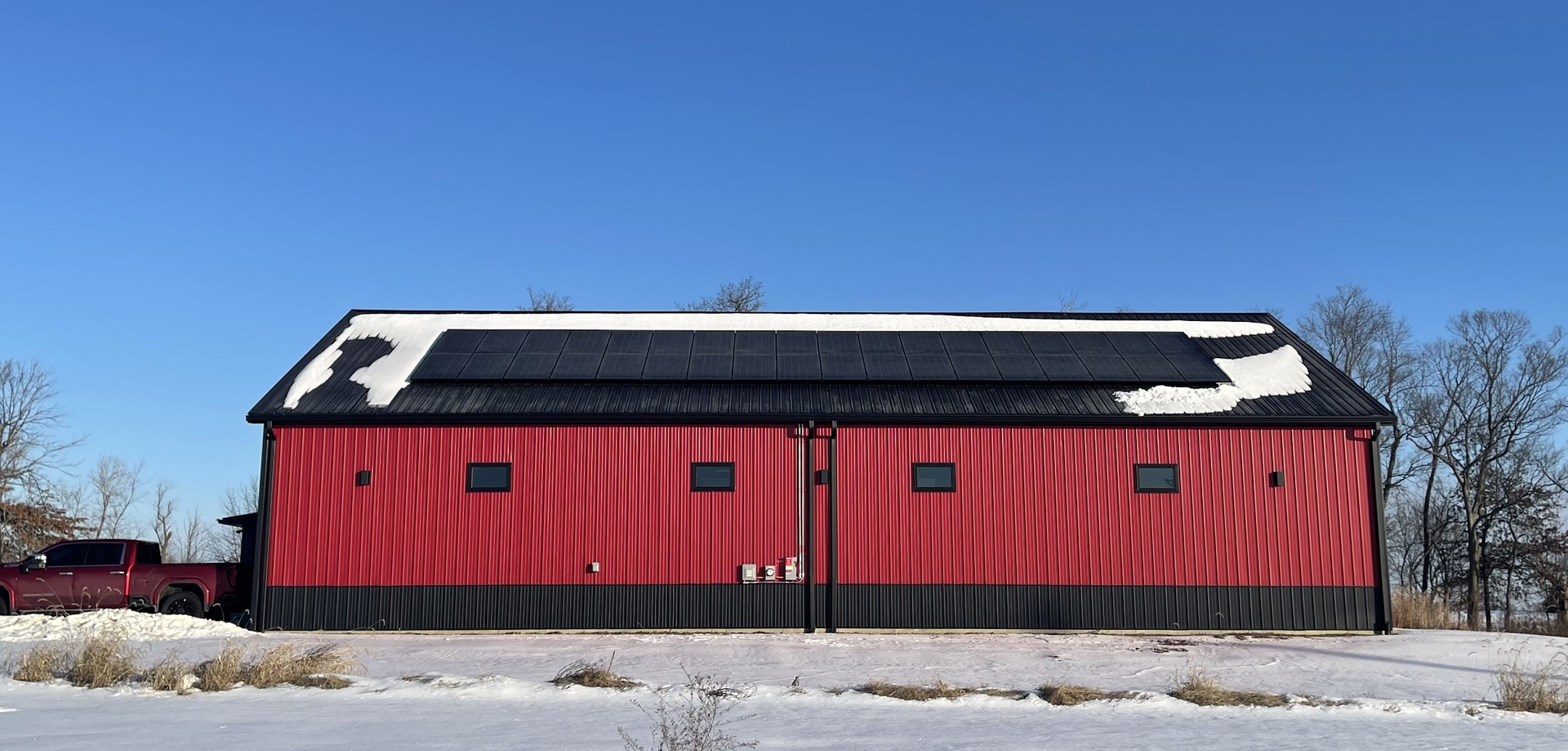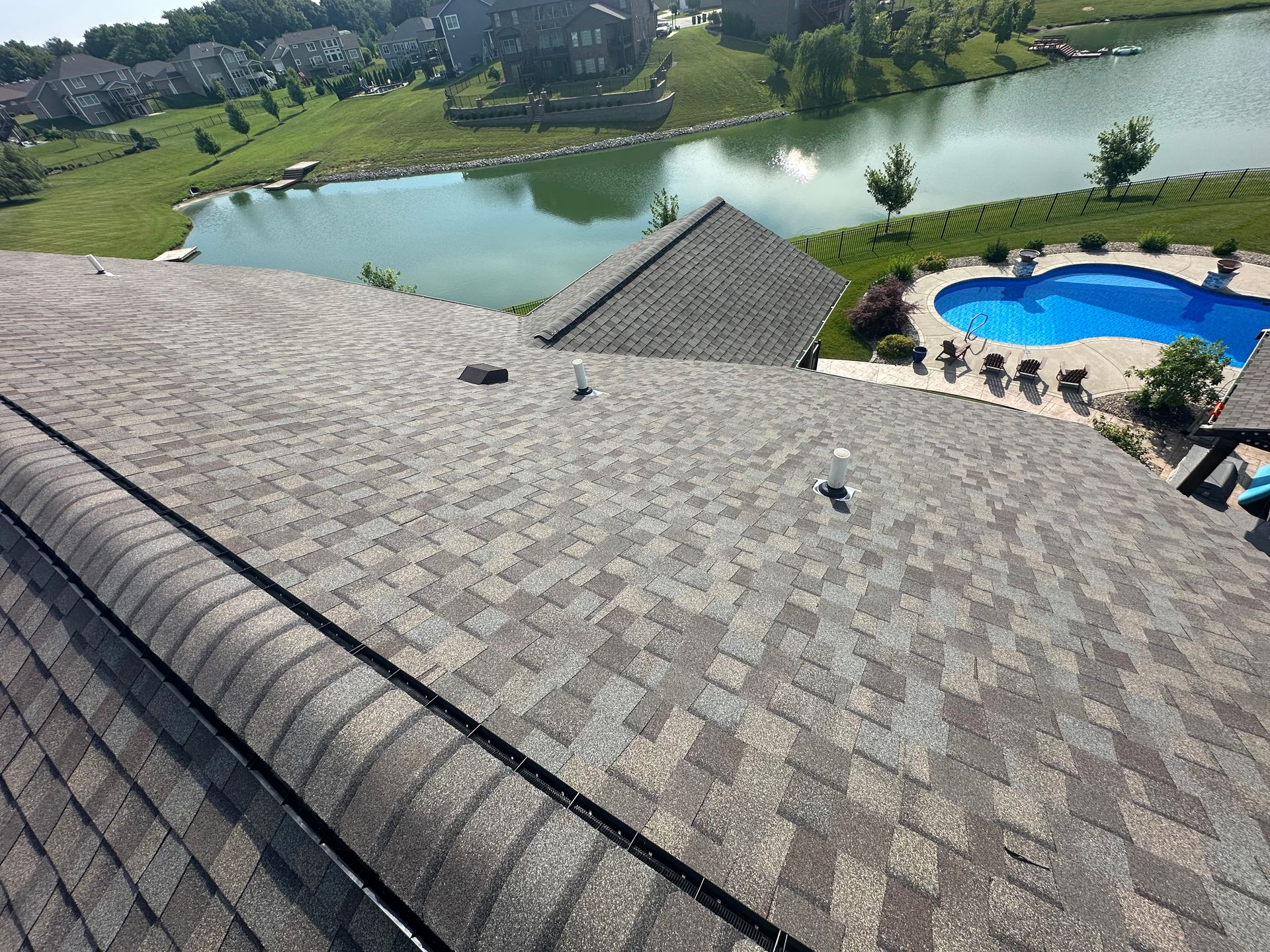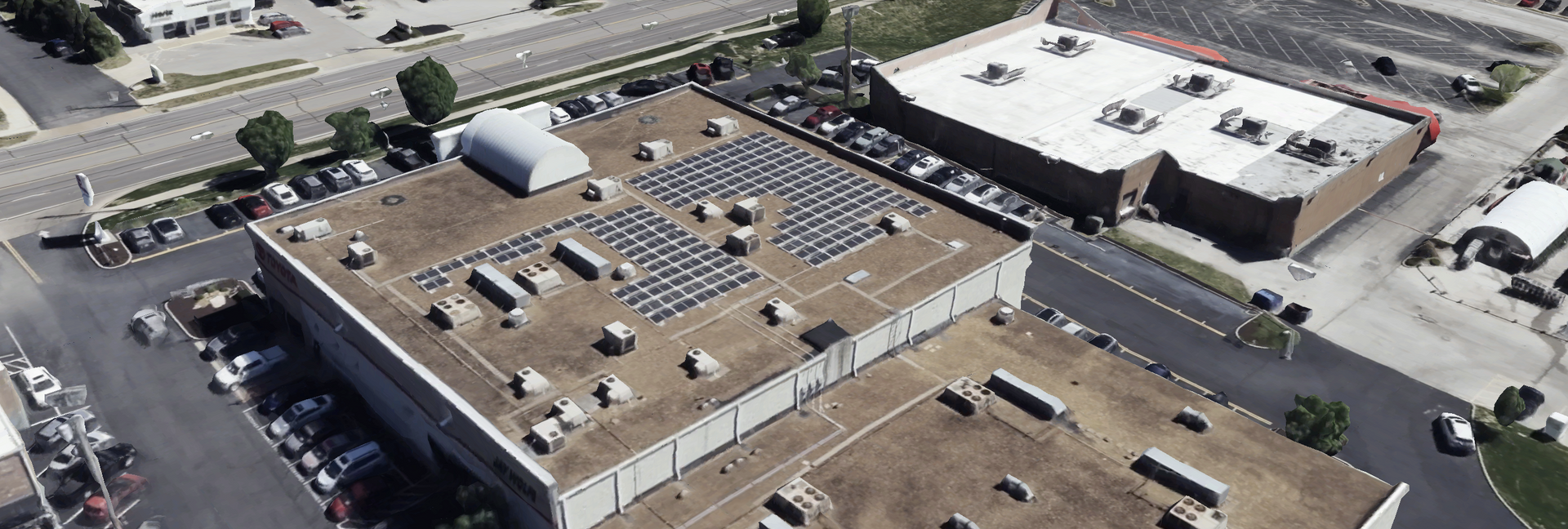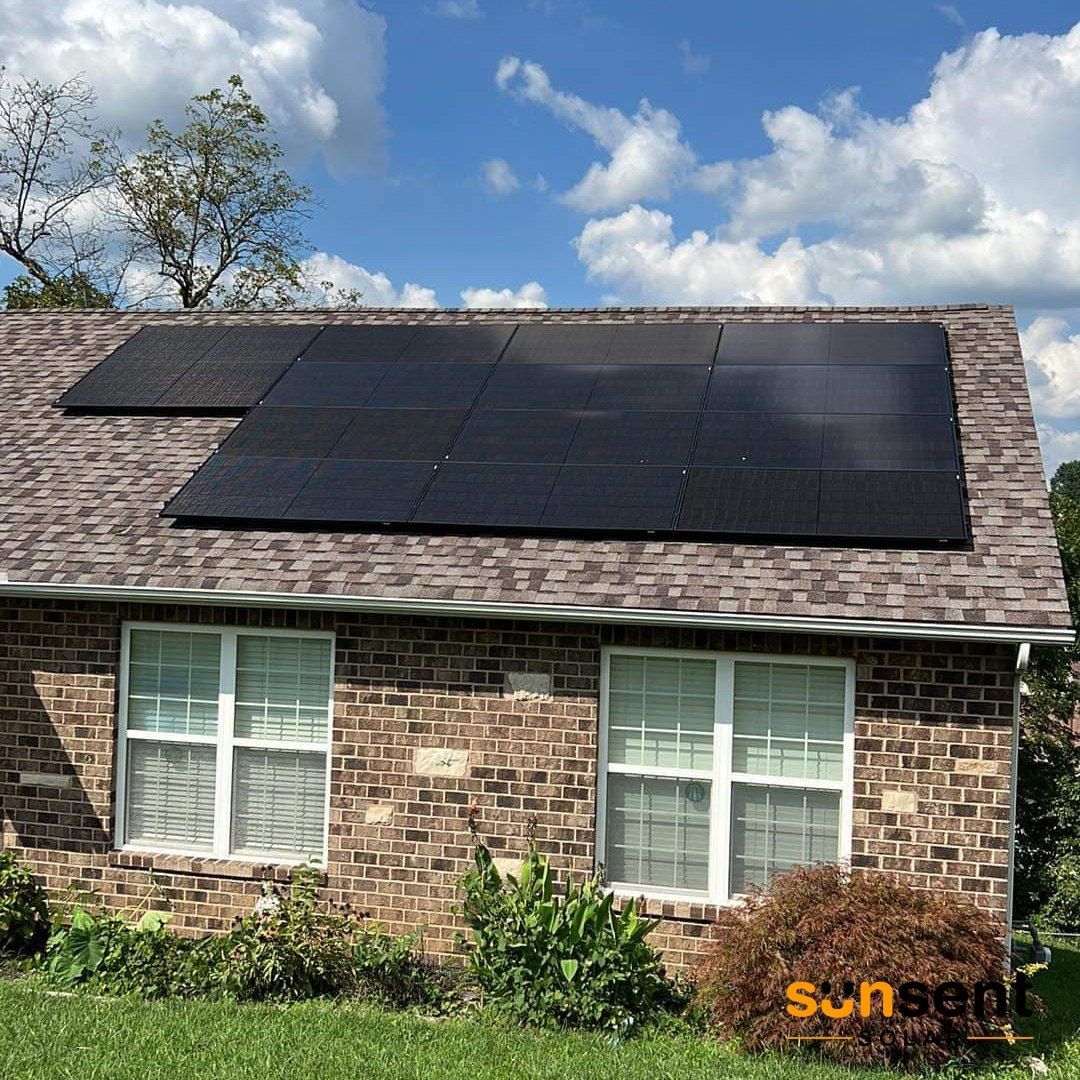The State of Roofing in 2025: A Data-Driven Look at Costs, Damage, and Industry Trends
Roofing Claims Due to Wind and Hail Are the Most Common Insurance Claims in the U.S.
Did you know that nearly
50% of all homeowners insurance claims in the U.S. are related to wind and hail damage? That means when severe storms strike, your roof is the most likely part of your home to take the hit. This stat comes from the Insurance Information Institute and continues to rise year over year due to increasing storm activity. As climate patterns shift and storms become more frequent and intense, the vulnerability of roofs grows significantly. Homeowners in storm-prone areas like the Midwest and South are especially at risk. Insurance companies also consider regional storm data when setting premiums, which can result in higher costs for areas with consistent damage claims. Being proactive with roof inspections can help identify damage early before it becomes claim-worthy. Regular maintenance and upgrades, like installing impact-resistant shingles, can prevent bigger issues down the line. Roof age is another key factor—older roofs are more likely to suffer significant damage. In fact, homes with roofs over 20 years old are 3x more likely to file a wind or hail claim.
Protecting your roof is a major way to protect your home.
Missouri’s Wild February 2024 Hailstorm Resulted in Over 8,500 Claims
In February 2024,
Missouri was hit with an unexpected hailstorm that caused widespread damage. Over
8,500 hail-related insurance claims were filed in the state within a few weeks. This kind of data highlights just how vulnerable roofs are even during months not typically associated with storms. The hail in this event was recorded at up to 1.5 inches in diameter—large enough to dent metal, crack shingles, and damage gutters. What made the storm even more destructive was its rapid movement across both rural and suburban areas, catching many homeowners off guard. Insurance adjusters were swamped for weeks as roofers scrambled to meet demand. This spike in need for emergency inspections and repairs led to temporary cost hikes in roof work. Many homeowners with older or poorly maintained roofs saw the most damage, reinforcing the importance of staying ahead of wear and tear. Emergency repair wait times during events like this can extend to several weeks. That delay can lead to secondary damage such as water leaks or mold, making the original damage more costly. Missouri’s February hailstorm serves as a warning: don’t wait until storm season to assess your roof.
The Average Roof Repair in 2025 Costs Around $750
According to recent national data, the
average cost to repair a roof in 2025 is $750, though prices range from $300 to over $2,000 depending on the extent of the damage and materials involved. Small leaks and missing shingles are on the lower end, while sagging structures or significant water damage push costs higher. This cost doesn’t include any potential secondary damage such as drywall repair or attic insulation replacement. A roof with frequent patchwork repairs may end up costing more over time than a full replacement. Roofers often use per-square-foot pricing, and emergency repairs may come with extra fees. Labor shortages and material delays can drive repair prices up in some regions. Flat roofs tend to be more affordable to fix, while complex, multi-level pitched roofs usually cost more.
Annual inspections can help catch issues before they become costly. Homeowners can save on repairs by acting early and choosing local, reliable contractors.
The Average Cost of a Full Asphalt Roof Replacement is $30,680
Replacing a traditional asphalt shingle roof in 2025 costs homeowners
about $30,680 on average for a mid-size home, which marks a nearly 15% increase from 2022. Material costs have risen due to supply chain issues and demand. Labor rates have also gone up as skilled trades become harder to source. The cost varies based on roof complexity, size, pitch, and removal of the old roofing material. Disposal fees and permits can add several hundred dollars to the final invoice. Homes in high-cost metro areas can expect to pay even more—sometimes exceeding $40,000. Many homeowners choose to finance roof replacements through their contractor or via home improvement loans. Although the price tag is high, an asphalt roof has a typical lifespan of 20–25 years, providing long-term peace of mind. Choosing high-quality materials and a certified contractor can increase durability and reduce the likelihood of future repairs.
A Metal Roof Installation Averages $17,762
Metal roofs, which offer longer lifespans and greater durability, average
$17,762 to install in 2025. Though more expensive upfront than asphalt, they last 40–70 years and require less maintenance. Their reflective properties help keep homes cooler, reducing energy costs during the summer. Metal roofing is especially popular in storm-prone areas for its resistance to wind and hail. It’s also fire-resistant and considered environmentally friendly due to its recyclable materials. Homeowners often see higher ROI with metal roofing, particularly in resale value. Installation does require specific skills, which can add to the cost. There are several types of metal roofs including standing seam and corrugated panels, each with different price points. Financing options and tax credits may be available for energy-efficient upgrades like this. As green building practices grow, metal roofing continues to gain popularity.
Demand for Metal Roofing Has Increased by 35% in 2024–2025
Driven by durability and energy efficiency,
metal roofing demand surged 35% from 2024 to 2025, especially in regions hit by frequent storms. This increase has been noted by the Metal Roofing Alliance, with homeowners prioritizing long-term solutions. Environmental awareness and rising energy costs are big factors behind this shift. Solar integration is easier with metal roofs, and their longevity appeals to younger homeowners seeking fewer future expenses. Contractors are also more frequently recommending metal for homes with existing solar panels. Metal roofs are now being offered in more color and style options to suit aesthetic preferences. In commercial construction, metal roofing has become the go-to standard for cost efficiency. Even insurance companies offer discounts for homes with impact-resistant roofing like metal. Expect this trend to continue as weather unpredictability increases.
An Estimated 38% of U.S. Homes Have Moderate to Poor Roofing Conditions
Recent industry reports indicate that
nearly 4 in 10 U.S. homes have roofs rated as “moderate” or “poor” in condition. This equates to over 40 million homes at risk of leaks, storm damage, or structural failure. Many of these homes have roofs nearing or exceeding their recommended lifespan. A large portion also have outdated materials that no longer meet modern safety codes. Aging roofing systems contribute to insulation loss and higher energy bills. Poor roof ventilation, which is common in older homes, can also shorten roof life by 10 years or more. Many homeowners avoid replacement due to cost, leading to higher repair bills over time. Insurance claims for older roofs are more likely to be denied or limited. As homes age and storms worsen, this figure is expected to increase unless proactive maintenance improves.
Insurance Loss Costs Are 60% Higher for Homes with Poor Roof Ratings
Insurers report that
homes with poorly rated roofs cost 60% more in losses than those with good roofs. This is because damage spreads faster and wider when a roof can’t do its job. For example, one missing shingle on a poor roof can result in an entire section leaking during the next rain. Roofs in bad condition are more likely to collapse or allow structural rot. These homes also see more interior damage claims—water-stained ceilings, mold, and damaged electrical systems. Insurance companies often adjust premiums based on roof age and condition. In some cases, they’ll refuse to renew policies unless the roof is repaired. Investing in inspections and small upgrades can significantly reduce potential claims. Roof condition is also a major factor during home sales and appraisals.
Summer Heat in the Midwest Will Hit Record Highs in 2025
The National Weather Service and Climate Prediction Center forecast
an extremely hot summer across the Midwest in 2025. Extended heatwaves, multiple 100+ degree days, and drought conditions are expected. These high temperatures stress both home energy systems and roofing materials. Asphalt shingles are particularly susceptible to heat cracking and curling. Prolonged sun exposure can dry out sealants and underlayments, reducing their protective properties. Roofs without proper ventilation trap heat inside, increasing attic temps by 30–50 degrees. That heat transfers into living areas, leading to higher A/C usage and energy bills. UV radiation also breaks down materials faster than normal wear and tear. The combination of summer heat and storm systems can push older roofs to the brink. Investing in reflective roofing or solar-integrated systems can help combat heat buildup and reduce stress on cooling systems.
How SunSent Combats Rising Rates and Weather Threats with Solar & Roofing
At
SunSent, we understand the compounding stress of rate hikes, extreme weather, and aging roofs. That’s why we offer a proactive, dual approach: solar savings and roofing protection. Our team performs
30-minute roof inspections that check for hail damage, wind wear, gutter stoppage, siding damage, and issues with soft metals. We also inspect roof decking and even nearby appliances like grills and vehicles. If your roof is storm-worn or aged, we’ll give you a full report with photo documentation and next steps. Pairing this with solar allows you to save on your energy bill while increasing your home’s protection.
With Ameren rates rising over 20% and storms getting more aggressive, this is the perfect time to act. You don’t have to wait until damage becomes a disaster—SunSent can help now. Our team is local, reliable, and ready to give you peace of mind before summer hits full swing. Call 636.757.3083.










